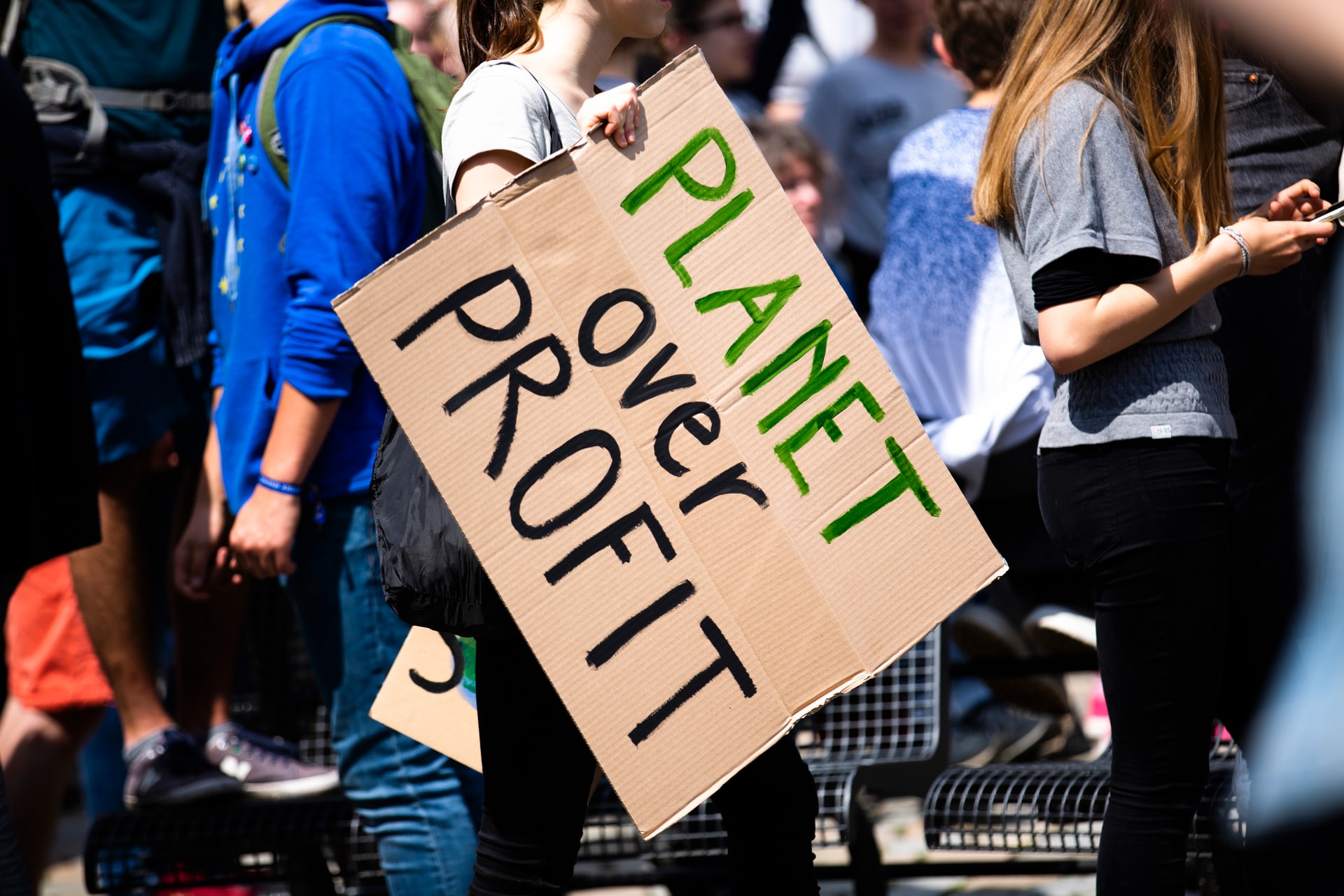
The European Union’s Climate Law could create necessary precedent in sustainability
Portugal’s environment minister announced in January this year that the country would utilize its six-month presidency of the EU to finalize the bloc’s proposed climate law. The proposal for the first European Climate Law, published in March 2020, aims to crystallize into law the objective set out in the European Green Deal. The goal is for Europe’s economy and society to become climate neutral by the year 2050, by ensuring that all EU policies contribute to this goal in a way that makes the transition irreversible. Member states will also be required to implement adaptation strategies and reduce vulnerabilities to climate change.
The law will create legally binding emissions goals and obligate the European Commission to review these goals every five years based on available climate science. While the EU commission and member states want the law to set a criteria of 55 percent cut in net emissions from 1990 levels, the European Parliament is of the opinion that tougher reforms are needed and that a 60 percent emissions cut by the end of the decade is prudent, with a requirement for all member states to become climate neutral by 2050.
Climate campaigners, including Greta Thunberg, have argued that the law sets goals that are too long term, and must put in place goals and a plan of action for every month and every year until then. At the heart of it, the 2050 deadline is unambitious. The IPCC’s report, Global Warming of 1.5°C, suggests that tipping points could be reached even between 1°C and 2°C. These numbers are worrying as the UNEP’s Emissions Gap Report argues that we are currently at pace to achieve warming of 3.2°C. To keep within the 1.5°C target, the EU must ideally attain net zero emissions by the year 2026.
Given that the EU is behind on its Paris Agreement commitments, set only to make a 30 percent emissions reduction, it has been argued that the legislation sets long term goals under the fallacious assumption that technologies will be developed that will make reductions easier in the future, instead of addressing root causes and making substantial changes immediately. Furthermore, since the region has been responsible for upward of 22 percent of global emissions since industrialization, with a small fraction of the world’s population, campaigners also argue that it must do its fair share in cutting emissions and engaging with developing countries to support adaptation.
However, the EU law comes in the wake of the United States exiting the Paris Agreement, and now rejoining it after a change in presidency, allowing the bloc to set an example in large scale binding commitments to climate action. In contrast to the EU’s proposed commitments, Denmark’s new Climate Act sets a target of 70% reductions by the year 2030, and includes commitments to international climate engagement, including financial support to developing countries. At this stage, the EU law also fails to establish a commission comparable to Denmark’s Climate Council, the UK’s Committee on Climate Change or France’s Haut Conseil pour le Climat. Instead, the European Commission will conduct regular assessments on progress based on reports submitted by member states. The law must therefore act as a base that allows member states that are able to, to build more ambitious climate laws, and commit to greater accountability and reductions in emissions.
The Potential Scope for a Chain Reaction
The greater implication of the EU’s legislation will likely be in how it impacts legislations in other countries. Historically, major laws in the EU relating to human rights and environmental compliance have prompted analogous legislations in other countries so as to facilitate trade or international relations. For instance, in the last five years, the General Data Protection Regulation resulted in multiple data protection legislations overseas in order to meet compliance requirements. Since the Climate Act aims to ensure all policies contribute to its goals, it will likely impact trade and other economic activities, involving long-term changes in practices in supply and value chains in order to achieve net zero emissions, encouraging other countries to facilitate similar parameters. There is relatively little of the carbon budget remaining for the world to meet its goals of limiting temperature increases, and this law could be the necessary push in the right direction that global climate action needs, even if somewhat small.
Learning from the Small Island States: Tackling Climate Change through International Law
The climate crisis is not only an environmental and scientific emergency – it is a fundamental leg
How just is movement towards ‘Just Transition’?
The global push for a low-carbon economy – through renewable energy, electric mobility, green hydr
How the “One Big Beautiful Bill” Could Reshape Global ESG Ambitions
The “One Big Beautiful Bill” (OBBB) has emerged as a sweeping legislative proposal that could re









Post a comment